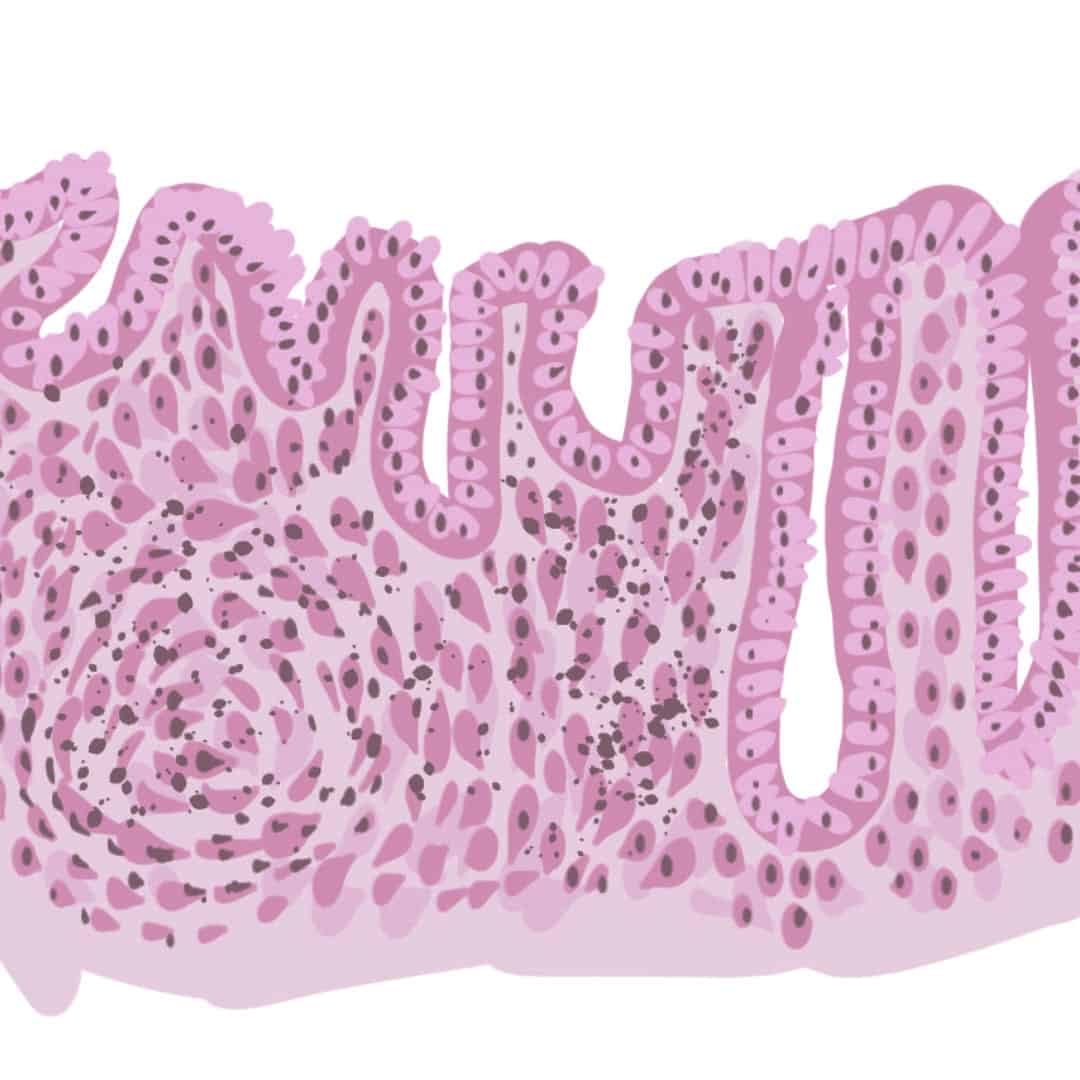Crohn’s disease is one of two major forms of irritable bowel disease (IBD). It is a chronic inflammatory disorder that affects the digestive tract and can be localized anywhere from the mouth to anus.
In 2004, U of T researcher Dr. Katherine Siminovitch and a team of researchers from the Samuel Lunenfeld Research Institute at Mount Sinai Hospital isolated a gene that predisposes individuals to Crohn’s disease. The work that led to the discovery began 10 years prior.
Dr. Vivian Huang, Assistant Professor of Medicine in the Division of Gastroenterology at Mount Sinai Hospital, explains that Crohn’s and Ulcerative Colitis are “both multifactorial, in terms of that GEM idea — genetics, environment, microbiome… no one knows exactly what causes it.”
One research group at the Mount Sinai Centre for Inflammatory Bowel Disease led by Dr. A. Hillary Steinhart and Dr. Kenneth Croitoru is part of the Crohn’s and Colitis Canada Genetic, Environmental, Microbial (GEM) Project.
Steinhart is the Head of the Combined Division of Gastroenterology for Mount Sinai Hospital and the University Health Network.
“We’re trying to identify biomarkers, whether it’s from proteins or genes or even the microbiome in the intestine that can allow us to predict a patient’s likely course of disease, predict their response to a given treatment or a class of treatment so that we can individualize the management plan, or the treatment plan,” says Steinhart.
As there is no known cure, patients are left to manage their symptoms through diet and nutritional control, anti-inflammatory medication and immunosuppressants, or surgery in severe cases. In the US, up to $15.5 billion USD per year is spent on direct and indirect costs associated with managing Crohn’s disease. And for patients who suffer from it, the personal health toll can become much more desperate.
The symptoms associated with Crohn’s may include diarrhea and fever, and complications can sometimes lead to ulcers and colon cancer.
What this simplified, painful definition of a medical condition fails to capture are the intricacies that can lead to this disorder.
Genetic factors are known to increase an individual’s chance of inheriting Crohn’s. Mutations in genes like NOD2 and HLA-DRB1 could predispose someone to Crohn’s. But there’s no definite answer since over 200 genes are now linked to Crohn’s and ulcerative colitis.
As Steinhart points out, “I don’t use the word ‘cause’; they are ‘associated.’ Even the ones with the strongest association… might increase the risk by five times or 10 times.” The presence of such genetic indicators is no guarantee of developing Crohn’s.
Environmental factors and lifestyle choices are also associated with Crohn’s. That said, it’s difficult to pinpoint a particular habit or factor to the disease.
In addition, microbes in the digestive system complicate research efforts. These microbes are host to trillions of microorganisms, and studies have shown that IBD, obesity, diabetes, and atherosclerosis could also be linked to the microorganisms that live in our gut.
“That is why no one has been able to find a cure or a prevention or an exact predictor for IBD, because it’s not one thing,” Huang says.


